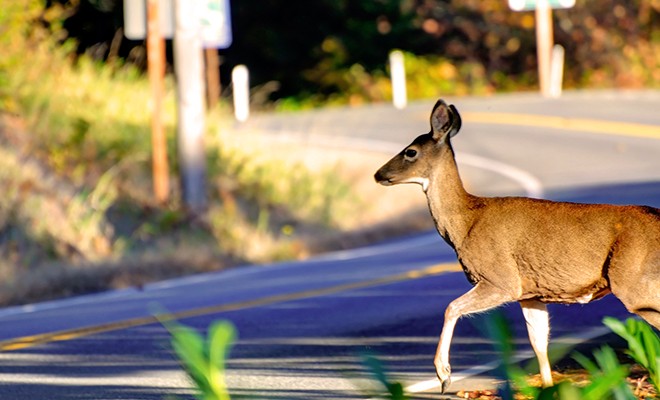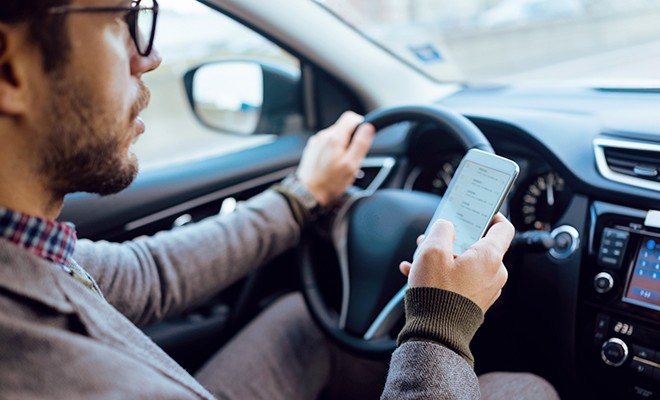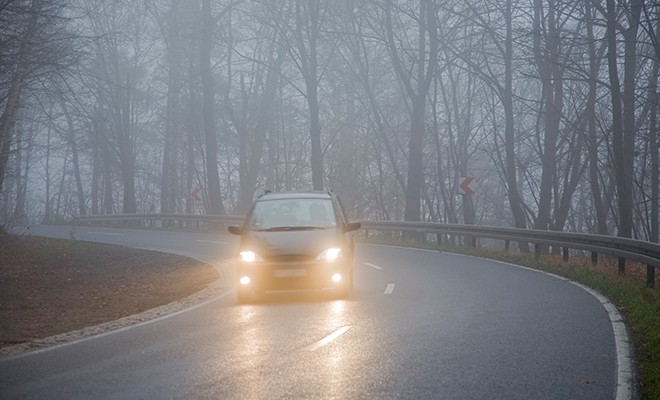 United States (English)
United States (English)
Shopping Cart
Empty Cart
Part No: {{entry.product.code}}
Quantity: {{entry.quantity}}
Total {{cartInfo.totalPriceWithTax.value | currency:"$"}}
Total {{0 | currency:"$"}}
 United States (English)
United States (English)
Part No: {{entry.product.code}}
Quantity: {{entry.quantity}}
Total {{cartInfo.totalPriceWithTax.value | currency:"$"}}
Total {{0 | currency:"$"}}
Asia Pacific
Europe, Middle East, Africa
 România (Română)
România (Română)
 European Union (English)
European Union (English)
 België (Nederlands)
België (Nederlands)
 Belgique (Français)
Belgique (Français)
 France (Français)
France (Français)
 Deutschland (Deutsch)
Deutschland (Deutsch)
 Italia (Italiano)
Italia (Italiano)
 Nederland (Nederlands)
Nederland (Nederlands)
 Polska (polski)
Polska (polski)
 Россия (русский)
Россия (русский)
 South Africa (English)
South Africa (English)
 España (Español)
España (Español)
 Украина (pусский)
Украина (pусский)
 Україна (українська)
Україна (українська)
 United Kingdom (English)
United Kingdom (English)
 Česko (Česká republika)
Česko (Česká republika)
 United Arab Emirates (English)
United Arab Emirates (English)
North America
Weaving in and out of traffic, driving fast and tailgating are fun to do in Grand Theft Auto and other video games, but on the roads and highways of real life? Any of these actions can get you a ticket, in an accident or even a night in jail. Play it safe and follow these defensive driving tips.
Defensive driving is a technique where you anticipate dangerous hazards like bad drivers or inclement weather to cut your risk of being in an accident. Employing these techniques is paramount to the safety of you and your passengers. Practice these procedures and in no time they will become second nature to you.

Just because you practice safe driving techniques doesn’t mean the driver next to you is doing the same. Constantly looking out for others’ bad driving behavior will ensure you’re prepared to react and avoid trouble.

Having an escape plan is crucial to your safety on the road. As you drive, create different scenarios in your head. What will I do if a deer jumps out in front of me? What if the car ahead suddenly hits the brakes? Reviewing where you will go if one of these situations happens will make you a more prepared and safe driver.
Keeping a safe distance between yourself and the car ahead of you minimizes your chances of a collision. In good weather, keep two seconds between your vehicle and the car in front of you; in light fog or light rain, increase the distance to four seconds; and in poor weather conditions like snow, ice or a heavy rainfall, the distance should be at least six seconds. In the case of an emergency situation, you will need these precious seconds to avoid getting into an accident.
Remember, your concern should be arriving safely to your destination, not how fast you get there!

We all know it is dangerous to text and drive, but there are many more things that can divert your attention from the road. From eating and drinking to talking to passengers or dealing with kids and pets, it’s easy to lose your focus. Safely pull over to the side of the road before tending to a child or retrieving that drink or snack you dropped.
When possible, avoid driving in large packs of vehicles. While you may not be able to do this in city traffic, try employing this technique on the freeway. When you drive with a group of cars, all it takes is one driver to become distracted, swerve, and before you know it, you are caught up in a chain-reaction accident. Staying out of a group of cars gives you more time to react if something happens ahead of you.
Constantly scan your mirrors and keep checking the road ahead for hazards like slowing traffic. By keeping your eyes moving, you increase the odds that you’ll notice that truck that just pulled into your lane at a high rate of speed.

Many accidents happen because of visibility issues. Ensure that other drivers see you by using your turn signals and turning on your lights in the rain. Routinely check your headlights and taillights to make sure they are in proper working order and immediately replace any burned out bulbs.
Avoid lingering in other drivers’ blind spots. Safely accelerate or slow down to avoid this dangerous situation. Always scan your blind spots so you are aware of any cars should you have to make an emergency maneuver.
It goes without saying that you shouldn’t get behind the wheel if you are under the influence of alcohol or any controlled substance, but driving when you are tired, extremely emotional or on medication that you don’t how it affects you can be just as dangerous.
Learn more about quality auto parts, find your car part, or find a local car repair shop today.
The content contained in this article is for entertainment and informational purposes only and should not be used in lieu of seeking professional advice from a certified technician or mechanic. We encourage you to consult with a certified technician or mechanic if you have specific questions or concerns relating to any of the topics covered herein. Under no circumstances will we be liable for any loss or damage caused by your reliance on any content.